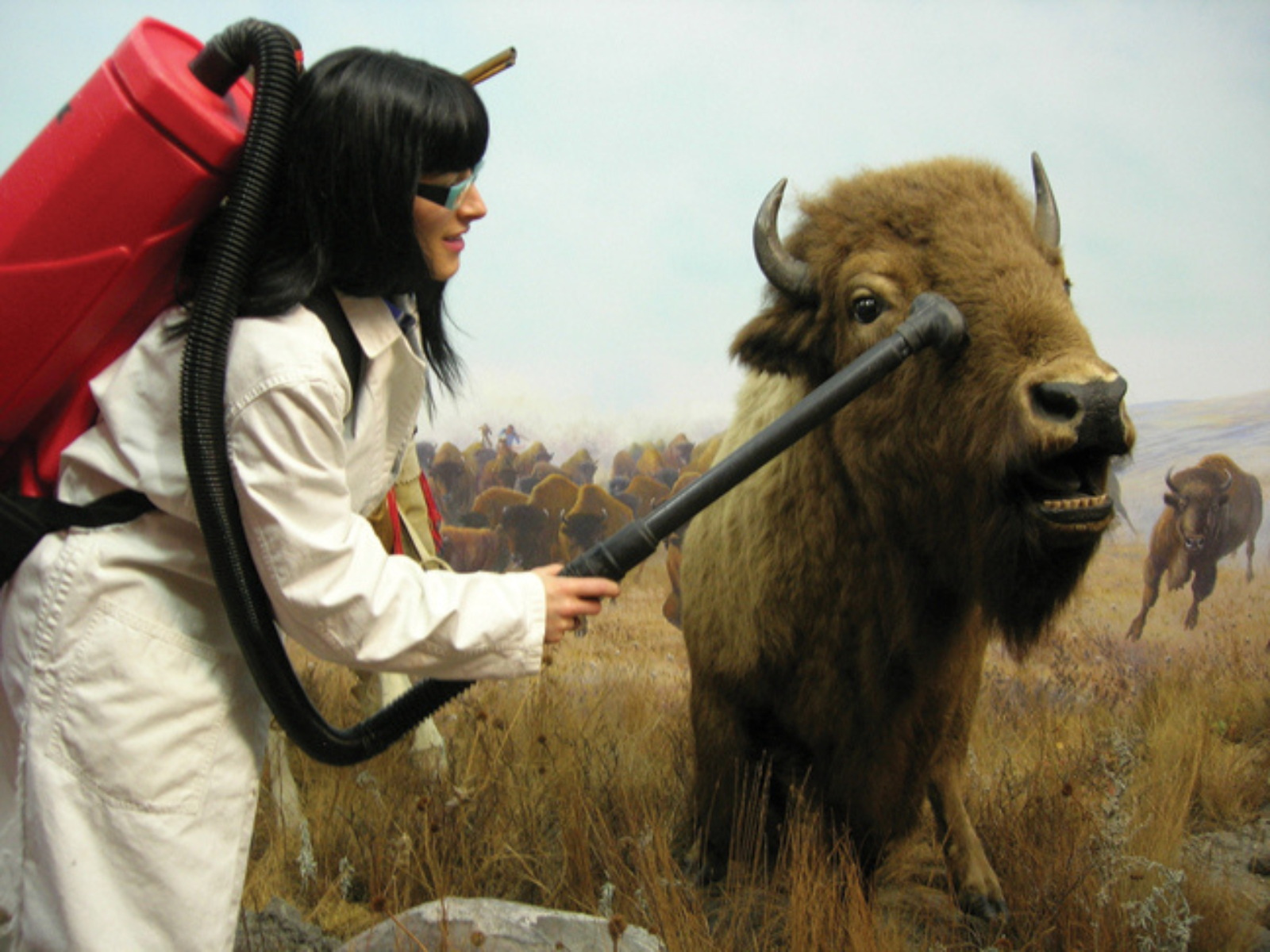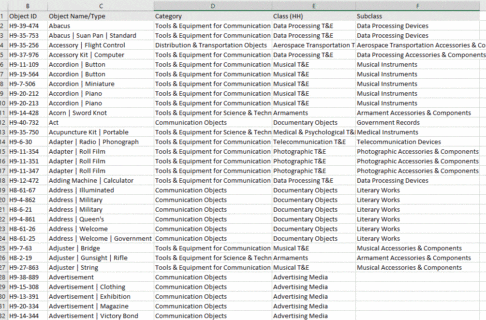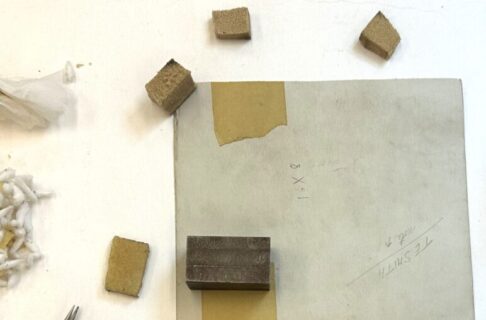Posted on: Wednesday June 8, 2011
A significant part of the conservator’s job is cleaning. At the Manitoba Museum, our numerous open dioramas require regular vacuuming. The larger dioramas require a team of staff including the Conservators, Diorama Artist, Exhibit Assistant, and whichever Collections Assistants we can round up. We try to get to every diorama once a year.

Lisa vacuums a bison.

Vacuuming through a screen in the Boreal Forest diorama.
The vacuuming must be done carefully, so parts are not pulled off. That’s why we use screens, and vacuums that are portable and have adjustable suction.
Sometimes, for vacuuming small and/or fragile artifacts or specimens, we put screening over the vacuum nozzle, or use micro-attachments made for cleaning computers and other electronic equipment.

We use household vacuums for most things.

Brushing dust into the vacuum.

A piece of window screen can prevent the loss of any parts.
Dirt and dust can be damaging. They may attract insect pests, can be aesthetically disfiguring, or obscure important information, and can even cause physical harm by, for example, microscopically tearing fragile threads on an old textile.
The most important thing we remember is to remove as much dirt and dust as possible, without harming the object.





